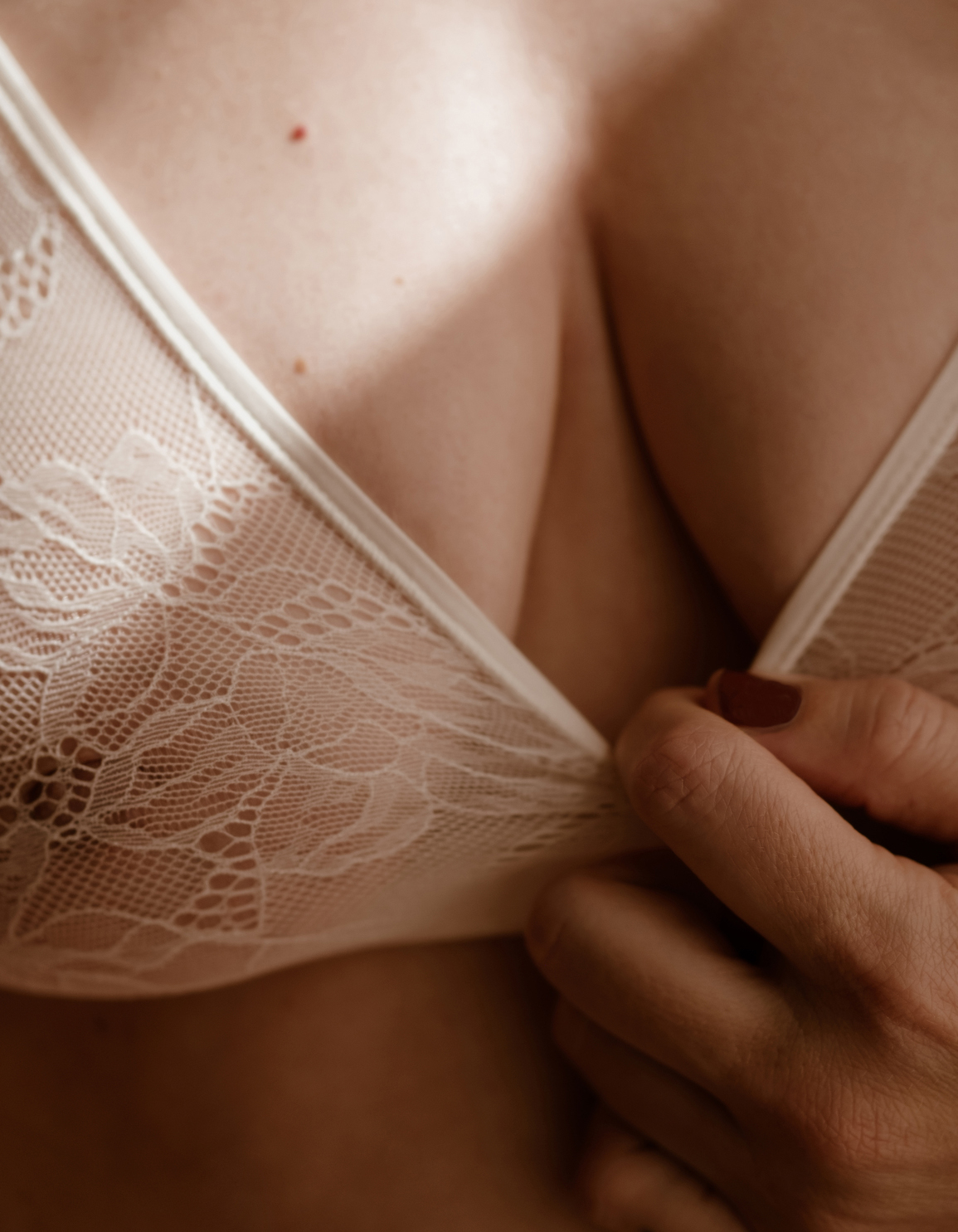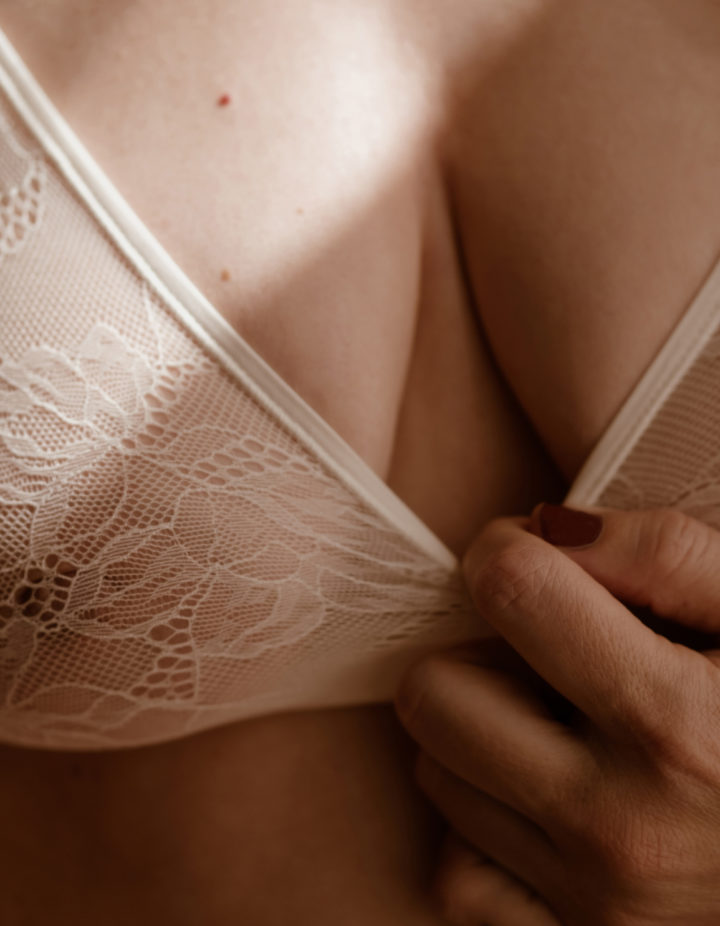Whether you’ve got implants and you’re thinking about getting pregnant or you got a little lift and fill and now you want more kids, plastic surgeon Dr. George Bitar of Washington D.C.’s Bitar Cosmetic Surgery Institute answers your questions around breastfeeding with implants.
In general, is it possible to successfully breastfeed with breast implants? What are the potential roadblocks to breastfeeding?
With breast implant procedures, the implants are placed between the breast and chest wall so as not to interfere with the breast duct or mammary glands where milk is secreted. It is possible and probable to breastfeed, although some women might have a more challenging time producing a full milk supply.
Is there any reason to avoid breastfeeding with implants? Any benefits?
Breast implants should not prevent most women from breastfeeding. However, they may need to supplement the baby’s nutrition if the implants are keeping the baby from getting enough nourishment through exclusive breastfeeding. Some people worry that silicone in the body may harm a breastfeeding baby, but no evidence has shown this to be the case.
Benefits would be cosmetic for the mother. Unlike many women who lose breast volume and have ptosis (aka sagging) after having children, implants make this much less likely to occur.
Are there any tips you can offer a woman with implants who wants to breastfeed?
Breastfeed often: Since lack of milk production is often the biggest obstacle, breastfeeding 8-10 times a day will trigger and maintain milk production. The feeling of an infant suckling at the nipple encourages the body to make more milk. Even small amounts of milk will provide a baby with the nutrition and antibodies they need at each feeding. Using both will increase the milk supply instead of relying on one breast.
Empty your breasts regularly: Try not to let your breasts become engorged. Use a breast pump to express milk after feedings as this will increase milk production. A study found that pumping both breasts at once increased milk production as well as the fat and calories in the breast milk.
Make sure your baby latches properly on to the nipple: This will help the baby maximize feedings. If need be, seek the help of a lactation consultant.
Supplement with formula: If you’re unsure if you are producing sufficient milk, talk with your pediatrician or OBGYN and see how they feel about supplementing breast milk with formula.
Can you discuss whether different types of implant surgeries have different effects on the ability to bring in a full milk supply while breastfeeding?
The ideal place to have implants surgically implanted if you wish to breastfeed is beneath the chest wall muscle layer. This makes them much less apt to interfere with milk flow or production. There are several ways implants can be inserted, such as through the crease beneath the breast or around the areola, through incisions made in the armpit. When incisions are made around the areola, it is possible that milk ducts or nerves could be severed. These are both good options for future successful breastfeeding.
In addition to placing the implant, it is also vital to discuss with your surgeon where the incision will be made, as there are many options. Those who want to breastfeed should avoid a peri areolar incision. This type goes along the bottom half of the areola in semi-circle. Ideally for breastfeeding, a woman would want an inframammary or transaxillary incision. These follow the crease beneath breasts, and trans axillary incisions are in the underarm. Both lower the risk of diminished milk production.




